Though the goal of spontaneous human combustion can also be attained by splitting atoms and achieving fission in the more social sciences. The vocabulary of art is, a priori, a language. That is, its aim is to communicate to others something which one does not necessarily have a mastery. A language, that, in Eugene Delacroix’s definition is ”one of the instruments that transform the chaotic world of sensations into a world of objects and representations”. There is an universalist illusion that exist; the illusion of a universal language that would refer to a community of phantams, or at least, to some essential truth. It is a scientific illusion of deciphering the world and converting it into an equation that is part of the desire that leads to objectivizing what cannot be objective. Haiti is an example of a pre-industrial society that lies at the heart of this misunderstanding, which leaves the West at loggerheads with the rest of the world. The profound philosophy which still governs the people of Haiti is essentially based on the ”being” ; one that embodies essence rather than the abstraction of a world expressed in equation.
The common Christian separation of being and nature is a touchstone of missed opportunities. The word-the primary form of language, constitutes the actual revelation of the being, while at the same time it introduces a distance.The face one sees in the mirror is no longer ”I”. ”Becoming” means being born to the world and discovering oneself. It means making existential choices that determine the direction our life takes. Becoming is tantamount to expressing a viewpoint to the world, and there is no expression without language. Understanding Haiti, and by extension other third and fourth world peoples, means being able to decipher the original language in which each one recounts his belonging to the world in his own way. For belonging to a territory must not blind to the reality that any territory is first and foremost, a part of the world. Whether this is in Tuyuca, an ”agglutinating” language of the eastern Amazon or not:
”I thought it made the difficult nature of the question clear: Is it just a language’s distance from English that defines this so-called difficulty? Are we talking about learning it as a foreign language or acquiring it as an infant? And are we talking about complicated grammar, difficult pronunciation, enormous vocabularies, illogical spelling (as with English) or bizarre alphabets?…The author then veers into controversial territory, bringing up the always inflammatory Sapir-Whorf hypothesis – the idea that the language one speaks shapes how one thinks, or at least one’s understanding of the world, and not the other way around. The idea is unpopular with academic linguists because it doesn’t match Noam Chomsky’s almost universally accepted theories about all languages sharing basic attributes. To disagree with Chomsky in linguistics is a bit like disagreeing with Darwin in biology or Newton in physics, and so it gets academics very hot under the collar.( Russell Smith, Globe and Mail )
This is what Maurice Merleau- Ponty called seeing power which was an experience with mystical and astral projections: ”my body is seeing and seeable at the same time. Looking at all things it can also look at itself and recognize in what he sees the other side of its seeing power”. This experience of a division or split lies at the heart of conteporary artists beginning with Mozart, who balanced seeming contradictions and linear opposites into a functional whole beginning with the Lorenzo Da Ponte collaboration with ”The Marriage of Figaro”, in terms of western art blending the sensory with the objective and at the same time liberating the co-dependence of art with suffering and tragedy; a metaphorical yoke of colonization that consisted firstly in unlearning the habit of looking at oneself as an immutable scheme defined by the gaze of another. Then, Mozart took possession of his own ”gaze” and gave it meaning, the equivalent of giving meaning to oneself.
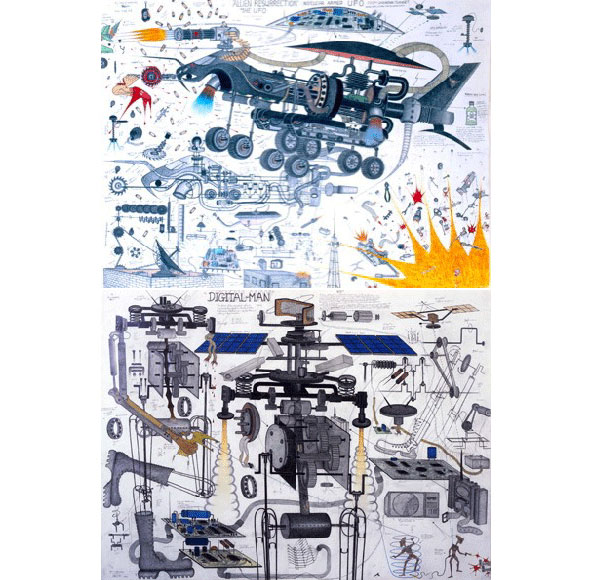
''Abu-Bakarr Mansaray creates futuristic images using an aesthetic similar to blueprints. Engineering plays a large role in these works that lay out a design for space-like machines and hybrid alien-robot figures. His works are intricately constructed with scientific precision and laboring detail combining image and text. While these futuristic prototypes draft the structure of machines and figures, they also reveal an inner narrative of conflict, war, and turmoil. Blueprints are highly neat and organized, yet Mansaray chose to subvert this aesthetic and portray his vision as chaotic, powerful, and in motion as though they have a life of their own.''
For Haitians, the experience of being a stranger to oneself is common to all peoples who have known the yoke of colonization, who when colonized only experienced that division as a loss, an absence of a part of themselves. Whereas after independence, they acquire the ability to see. Sartre emphasized the act of seeing, that is, the ability to judge , or at least to construct one’s opinion as a founding element of freedom, despite the shock and traumatization tis may entail for the now seeing subject. it is as if the subject were to emerge from a long night of blindness, gradually opening to the world and to the magic of discovering himself in a form that he never envisioned.
By the rivers dark
I wandered on.
I lived my life
In Babylon.
And I did forget
My holy song:
And I had no strength
In Babylon.
By the rivers dark
Where I could not see
Who was waiting there
Who was hunting me.
And he cut my lip
And he cut my heart.
From the river dark. ( Leonard Cohen, By the Rivers Dark )
In the present century, artistic production is probably the last place where freedom and individuality can be fully expressed. Until the end of the twentieth century, the West operated a monopoly on the faculty of seeing and the power to describe and thus define the world in accordance with a hegemonic and imperialist viewpoint. Robert Mapplethorpe’s use of the black body is just one example of a conscious desire to reduce all different humanity to a set of comfortable cliches that affirmed otherness and exoticism.
For countries like Haiti it is a question of deconstructing a past and at the same time inventing a future, in a present time subject to perpetual movement. The importance of the image in propaganda is there to remind us of the subliminal function in which any image is invested. In the race for history that was set in motion with independence, previously colonized peoples, in the urgency of inventing nations, likely bypassed the opportunity they were given to explore what Ernst Simon Bloch had described as the essential problem: the very question of the ”us”.
Alongside the exogenous image of ourselves that threatens to encircle and enclose in archetypes, there is an equal endogenous image that seeks to express itself in what Delacroix called ”the chaotic world of sensations”. Perhaps this is the meaning of language But, the translation of chaos into a balanced organized whole is the challenge of Haiti, and in the wider context, Africa and its contemporary artists. At the heart of their concern , the problem of the us seems to be an enigma without end. Trapped in the double snare of local and global, they are compelled to invent a hybrid who can respond to the grievances of two groups at the same time since contemporaneity is partly defined by being universal. To return to the Russell Smith article which underlines an impression that power is held by those who set the agenda, thereby controlling the tools for expression:
”… such articles always provoke an almost hysterical condescension about simplification, and lists of minor errors. On the influential site Language Log, the University of British Columbia professor Bill Poser wrote a typical dismantling of the non-academic approach. He complains that the article doesn’t define what is meant by difficulty, and points out that difficulty depends entirely on what languages one already knows. (“Navajo is by all accounts quite difficult for English speakers, but probably not all that difficult for speakers of Apache.” I myself thought the Economist article did, in its entirety, raise this issue.) And then he goes on to denounce even a mention of the taboo Sapir-Whorf theory. … Steven Pinker, I think, really fanned the flames of this resentment with a whole chapter in The Language Instinct insulting what he called “mavens” – that is, people like me who write non-academic newspaper articles about language…. Since Pinker’s book, it is commonplace to deride any media dabbling in a domain that should be reserved for PhDs. The tone always seems bitter rather than helpful. One would think all experts would be thrilled, not angered, that their area of learning was being considered entertaining by a journal in world politics.” ( Russell Smith, Globe and Mail )
There is no need here to hark back here to conventional images of racial typologies because what we are dealing with is multiple. The body ceases to belong to its owner, and becomes a metaphor of an ”us” that the viewer has to apprehend. It becomes matter; matter which has very often been detoured from its original meaning. If we want to envisage the reality of an African body, a Haitian,we have to give it a substance dissociated from cliches.The African body is not African by virtue of being claimed as such. The body is the scene of permanent conflict for it is through the body that the contradictory question of perception is played out. For the African, in a white dominated world, there has always been the ”being-in-the-world” dilemma; gaining mastery over a divided object, the self, in which self-projection matches desired perception; something more important than the superficial, phony and often self-serving white aid that reinforces the status of master and victim despite rhetorical polemics to the contrary: the African negotiating the conditions of his humanity, playing with a weak hand, yet trying to avoid the tragic trap that condemned Narcissus.
”The postcolonial artist is a mirror distorted by history who must face a multiplicty of others, for it is impossible to select a univocal message. It is also impossible to make it universal, that is, accessible to all in the same way. hence the need to weigh down the body with a burden that goes beyond its owner, making it the emblem of a kind of spirituality which is inevitably politicized by deconstruction of colonial history. After all, what is the body that is offered if not the reactualized embodiment of myths and cultures marked with the seals of contemporaneity?”
This similar to the divide expressed by Sartre in which the term ”black” is to understood as non-white or colonized. ”…the black soul has attended white schools in accordance with the pitiless law which refuses all weapons to the oppressed except those that he streals from the oppressor; the clash with white culture has made his negritude pass from immediate existence to a reflected state but at the same time he has more or less ceased to live it. In choosing to see who he is, he divides, he no longer coincides with himself” ( Sartre, Orphee Noir, 1948 )
What unfortunately, can still not be avoided is for Africans to be referred to , not simply as humans, but to quote Hannah Arendt, as something necessarily different . It seems that the West still needs this exoticization in order to justify a limited form of toleration manifested by an interest in what is already known and not threatening. Although most of the declared ”African Lovers” in the art world appear to secretly harbor the need for new discovery as a Christopher Columbus of culture.


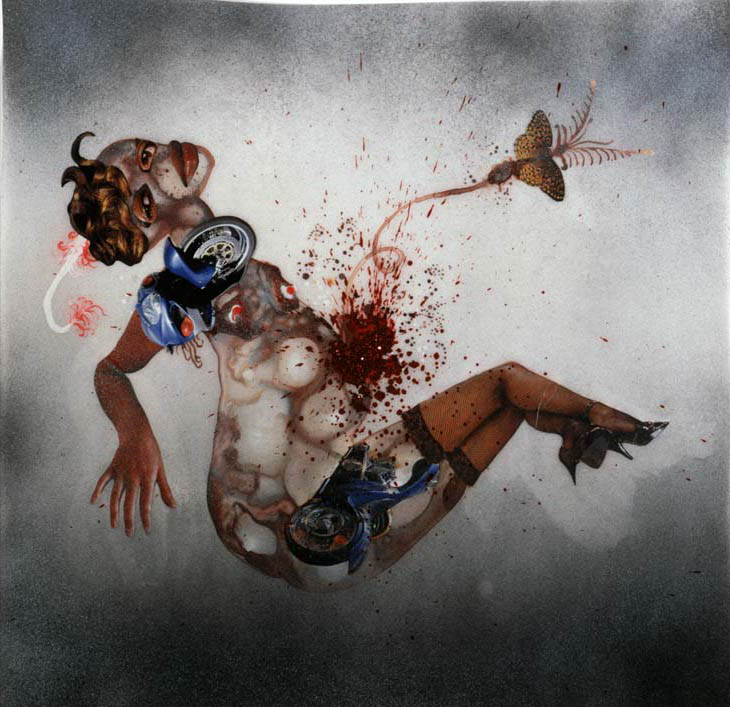
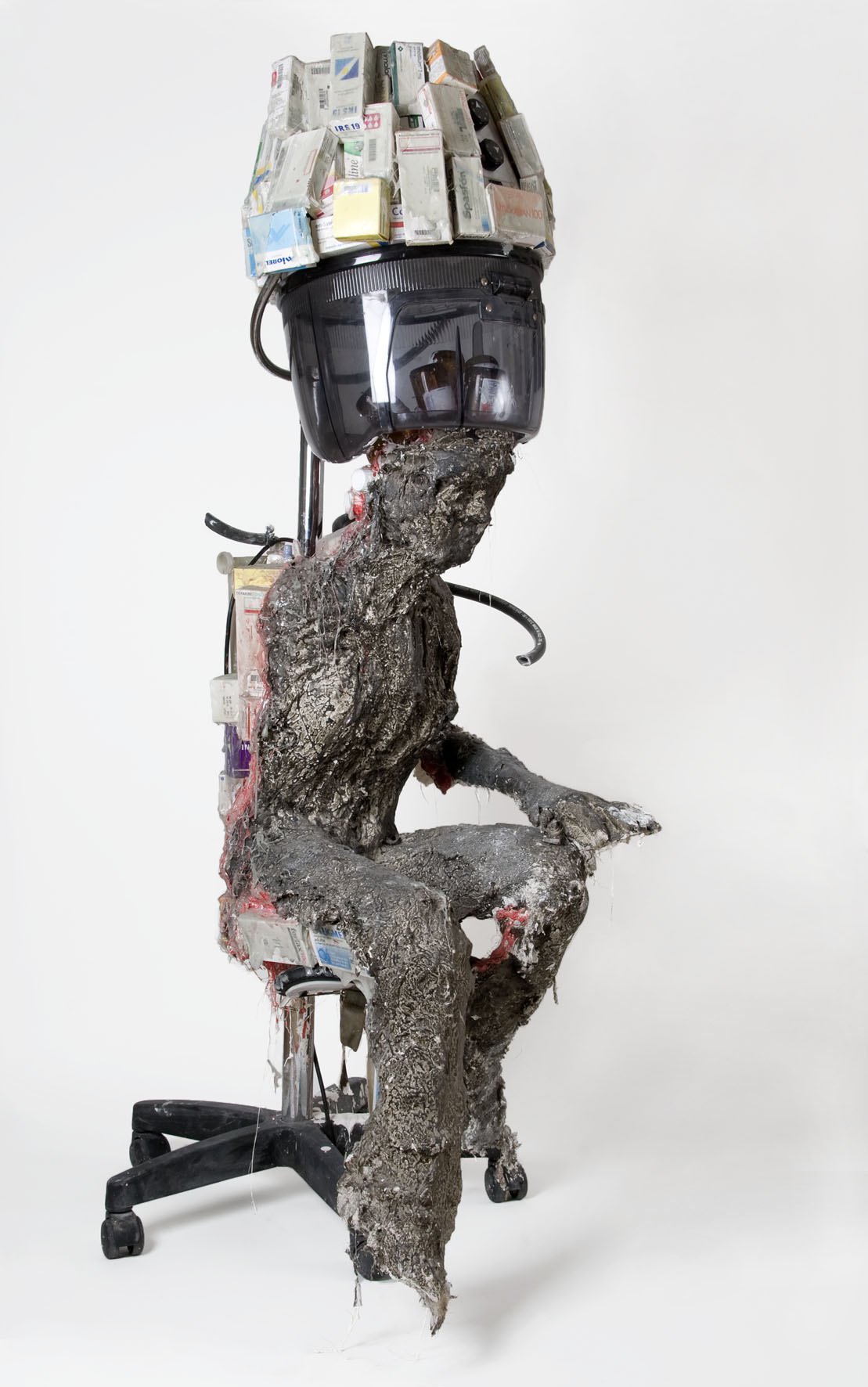
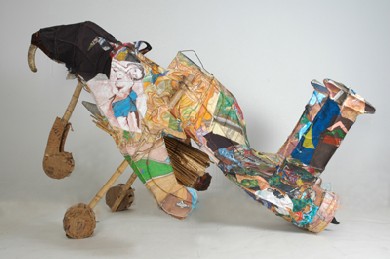
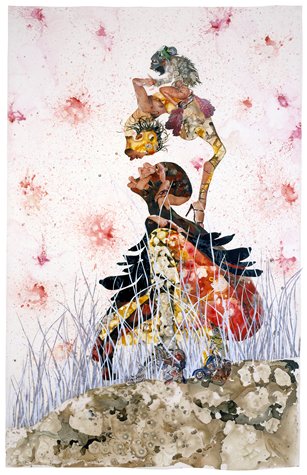
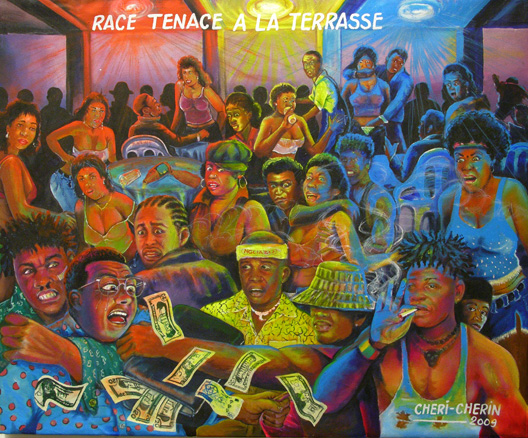
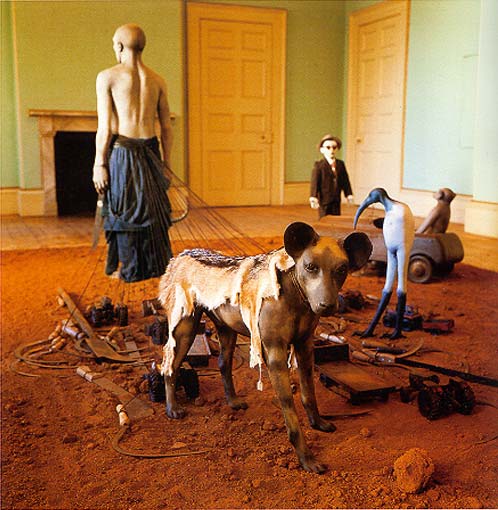
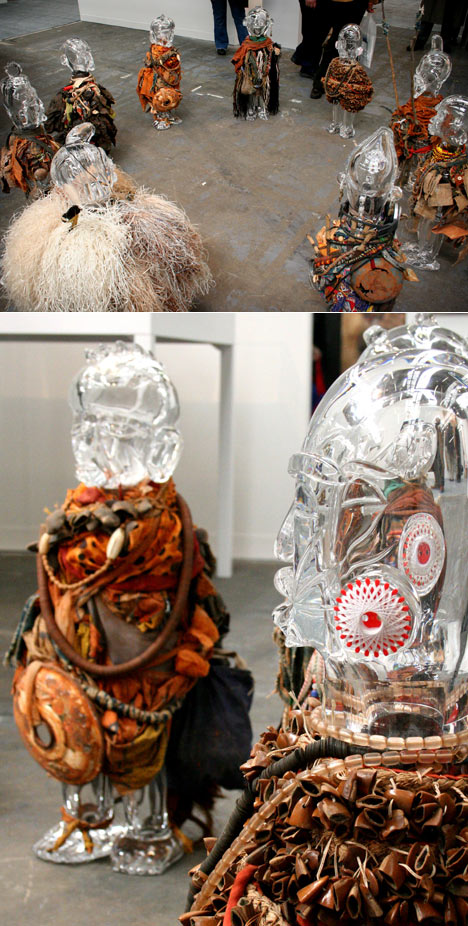



 COMMENTS
COMMENTS